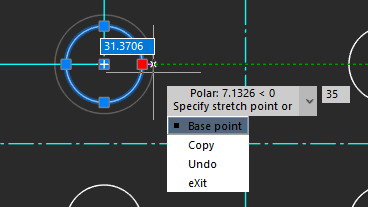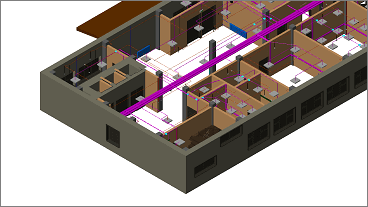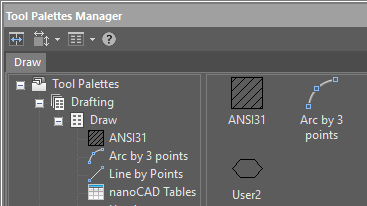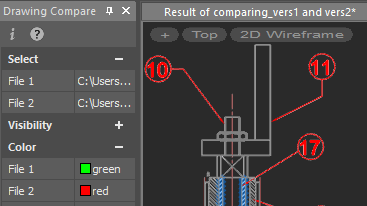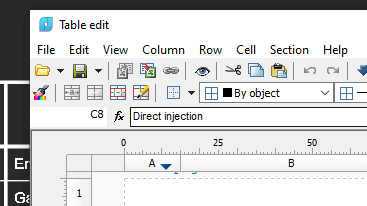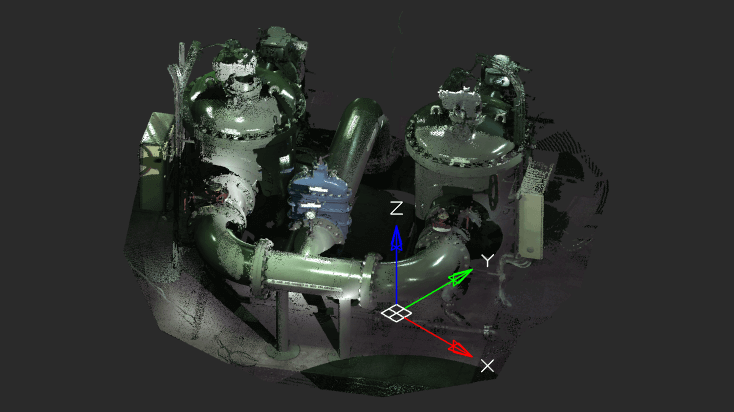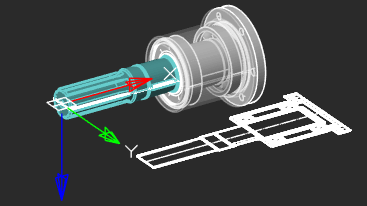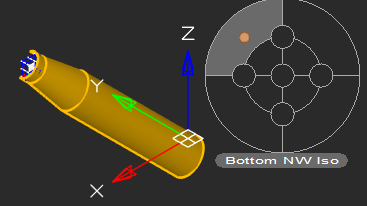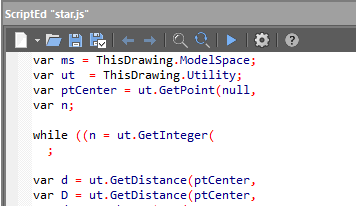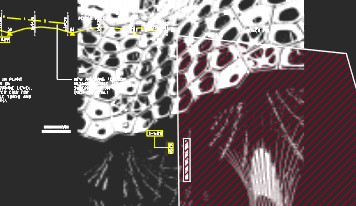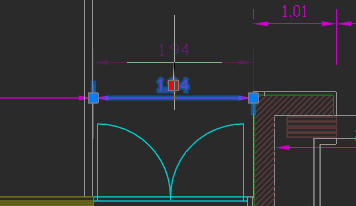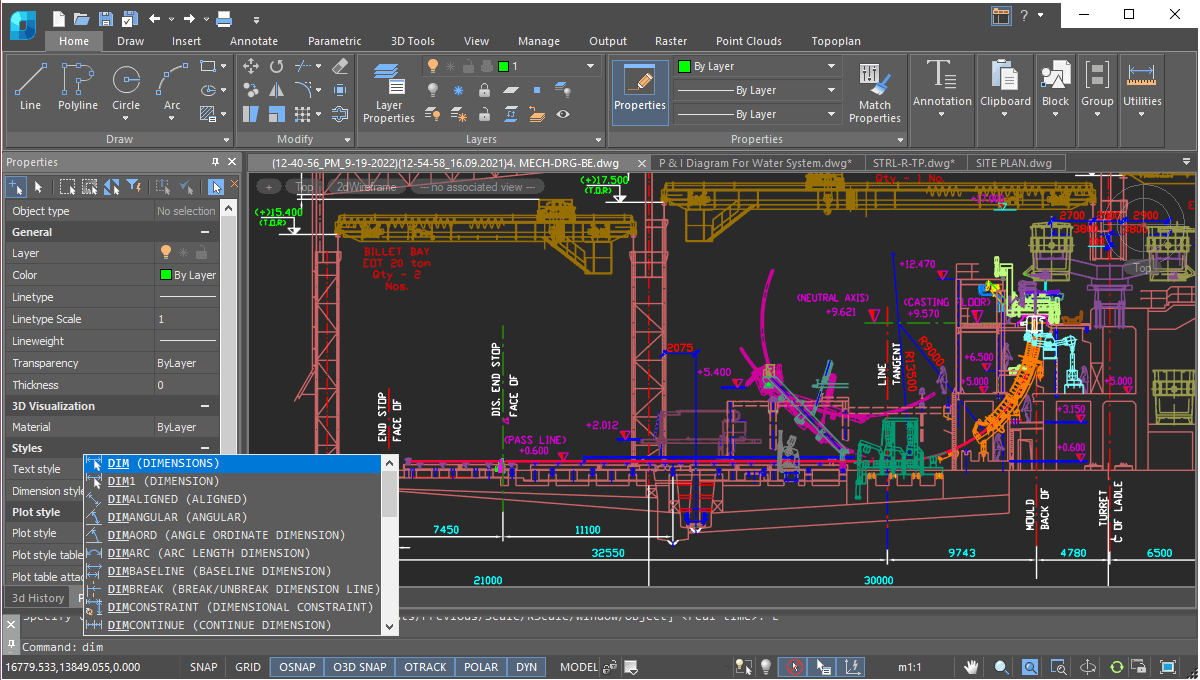
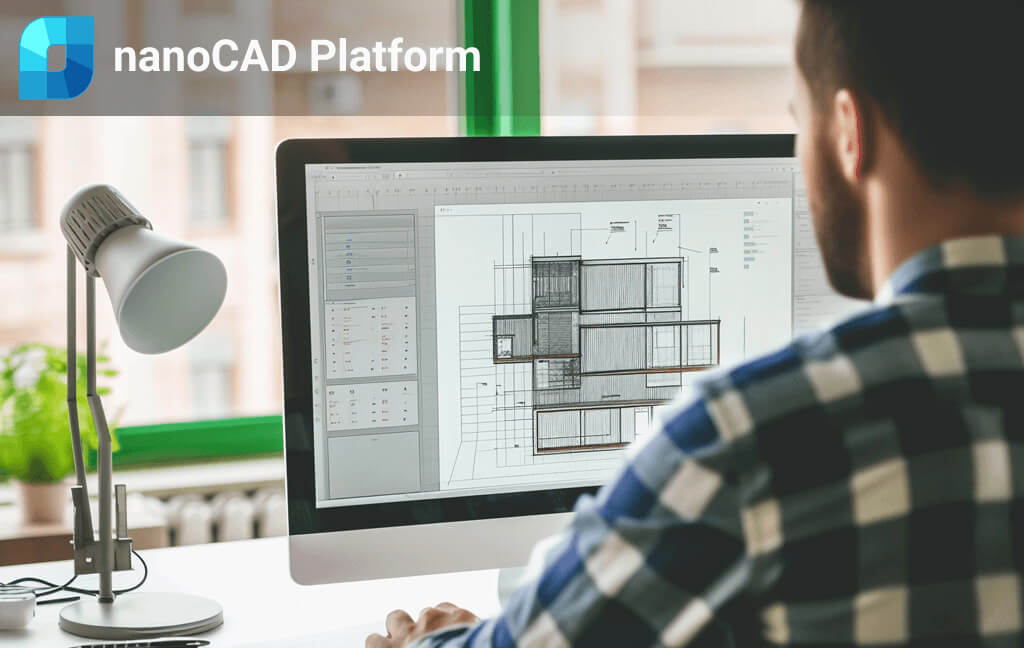
Explore nanoCAD, a CAD software with full .dwg support
nanoCAD Platform is a CAD solution fully compatible with professional-grade & industry’s standard DWG support.
New in nanoCAD 25
- Multilingual Interface: English, Spanish, French, German, Portuguese, Korean
- Automatic Vector Correction
- Batch File Processing
- Tables
- Plot
- Sheet Set
- Templates
- Toolbars
- Changes in the Composition of Commands
- New Options for Coloring Point Clouds
- New Type of Metadata – Spatial Dimension
- Coloring Point Clouds by Dimension
- Binding Point Cloud Classes to Layers
- Other Novelties

